2500+
Successful Projects
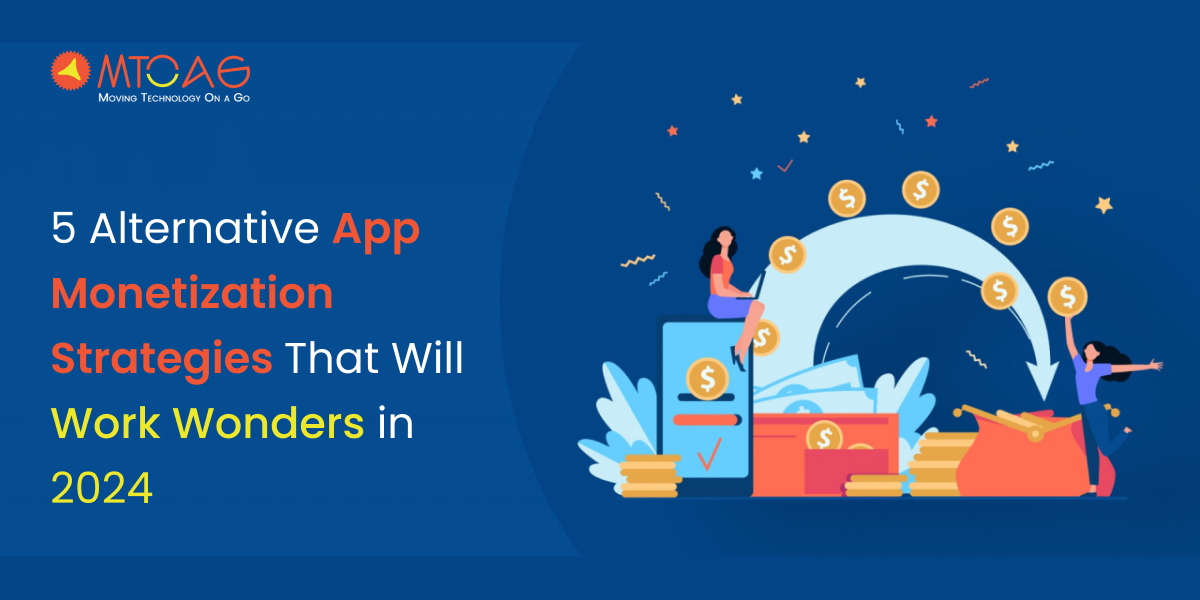
How do free apps make money? This is a question that pops up in every business owner’s mind when considering mobile app development. While researching it on the internet, you probably have gone through two of the most viable options for monetizing a free app: In-app advertising and In-app purchases. The internet is overwhelmed with guides and blogs providing insights into these strategies. But no one will tell you the real secrets to success. Undoubtedly, there are no as effective ways of monetizing an app as In-App Advertising and In-App Purchases. But that’s just not the end of the story; there are some other alternative app monetization strategies that have worked wonders for businesses in 2024, and they are set to continue their success in 2024 and beyond.
Table of Contents
The role of alternative mobile app monetization strategies, such as sponsorships, partnerships, white labeling, data licensing, and affiliate marketing, is equally effective as others, but they aren’t endorsed as much as In-app advertising and In-app purchases. However, these strategies have proven their effectivenness in the app market over time.
So, if you’re looking for alternative ways to monetize your mobile app other than In-app Ads or In-app purchases, this blog will serve the purpose. We will discuss the top 5 secret app monetization strategies that would lead your mobile app to success, ultimately generating revenues for your business. In case you want to learn more about In-app advertising or In-app purchases, you can head to our previous blogs. So, come on, let’s get started!
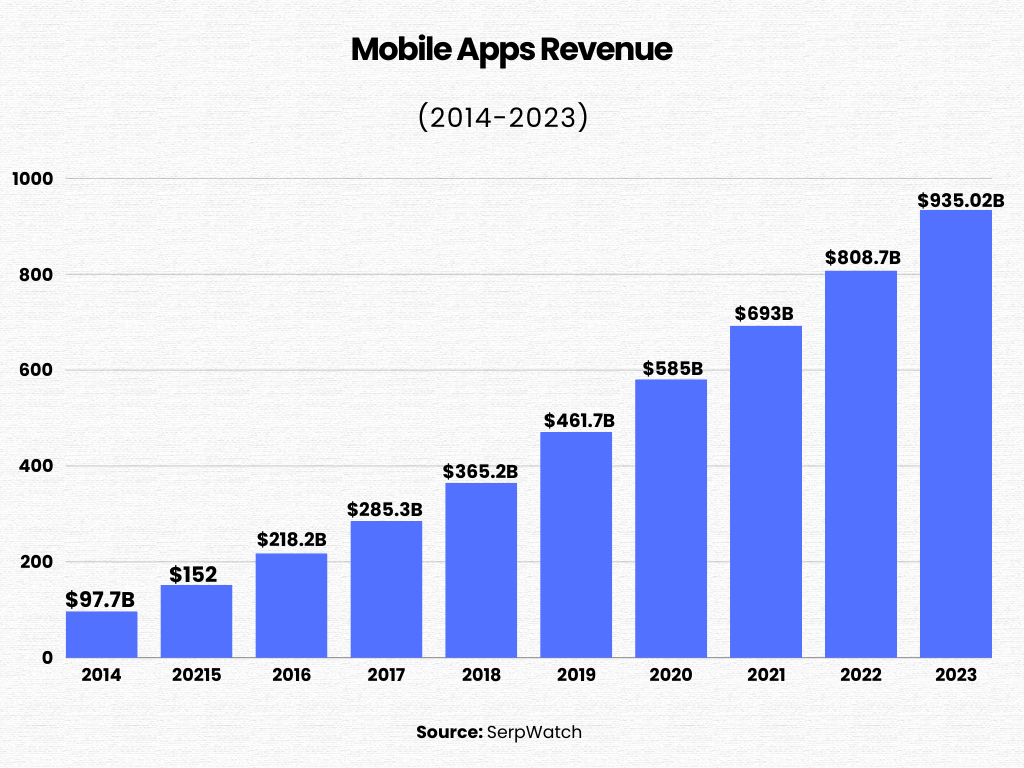
The above stats are enough to make you understand the importance of monetization for your mobile app. This strategy not only helps you generate revenue but also ensures a better user experience for your audience. So, now that you understand the importance of app monetization, let’s take a look at some alternative mobile app monetization strategies in 2024.
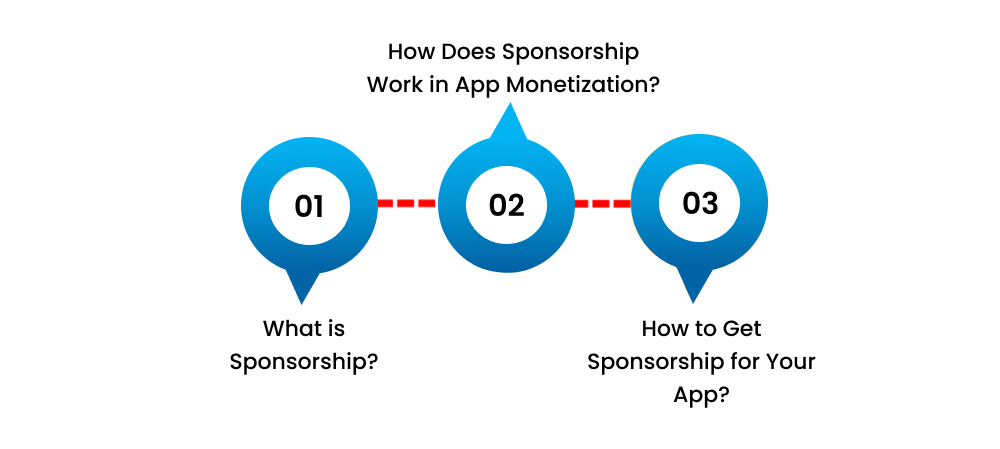
Sponsorship can be understood as a partnership between app owners and advertisers. It is much like in-app advertising, where advertisers pay app owners to showcase their sponsored ads on the app, tailored for a specific group of users. This approach allows advertisers to engage with the users effectively.
These apps are usually free to download but may have way more ads. However, it's vital to strike a balance in the number of ads displayed. Overloading users with ads can lead to annoyance and potentially hamper the application's usage.
Sponsorship, as an app monetization strategy, is a unique approach where an app owner collaborates with a sponsor brand that provides users with rewards when they complete certain in-app actions. This strategy is beneficial for all parties involved.
Users get rewarded for their engagement, which enhances their app experience. The sponsor brand gets exposure and access to the app's user base, which can lead to increased brand awareness and customer acquisition.
Meanwhile, the app developers generate revenue from the sponsor brand. This strategy is particularly effective for apps with a large and active user base, as it provides sponsors with a sizable audience.
As said above, sponsorship works by paying app owners a decent compensation to showcase sponsored ads. That’s not all; it also allows app users to get a reward for every completed in-app action.
As the app developers receive financial support, it reduces the reliance on traditional monetization methods like ads or in-app purchases. On the other hand, sponsors gain exposure to the app's user base, enhancing their brand recognition and reach.
For instance, a sports brand could sponsor a fitness app that could offer exclusive discounts to the app's users. This creates a win-win situation, with users getting value-added services and sponsors getting targeted advertising. However, ensuring that the sponsorship aligns with the app's purpose and user expectations is crucial to maintaining a positive user experience.
While the idea of earning through sponsorships seems lucrative, finding potential sponsors stands as a challenge. But with the right approach, you can get sponsorship for your app easily. Here’s how you can do it the right way:
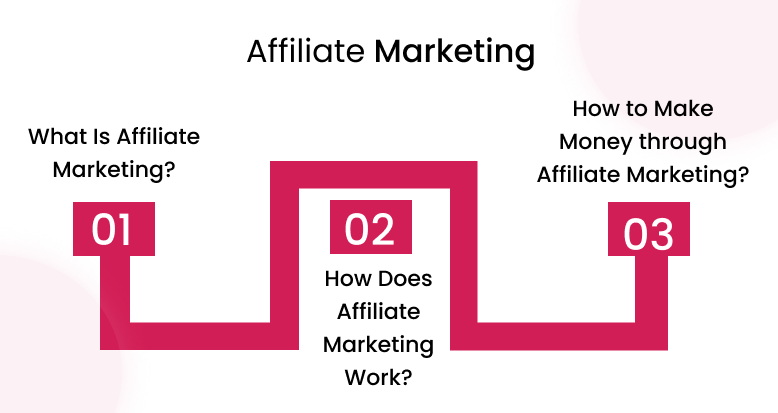
As an app owner, it's crucial to consider the potential of affiliate marketing. By partnering with various businesses and platforms, you can significantly expand your app's user base and subsequently increase your revenue.
Affiliate marketing is particularly effective when your app caters to a specific audience with distinct interests. If your users are likely genuinely interested in the products you promote, this monetization model could be a perfect fit.
Affiliate Marketing is one of the most effective alternative app monetization strategies where app developers partner with businesses to promote their products or services. In this model, the app serves as a platform connecting users with these third-party businesses.
When a user completes a transaction, such as making a purchase or signing up for a service through the app, the app developer earns a commission. This strategy is particularly effective for apps with a large and engaged user base, providing a seamless way to generate revenue without disrupting the user experience.
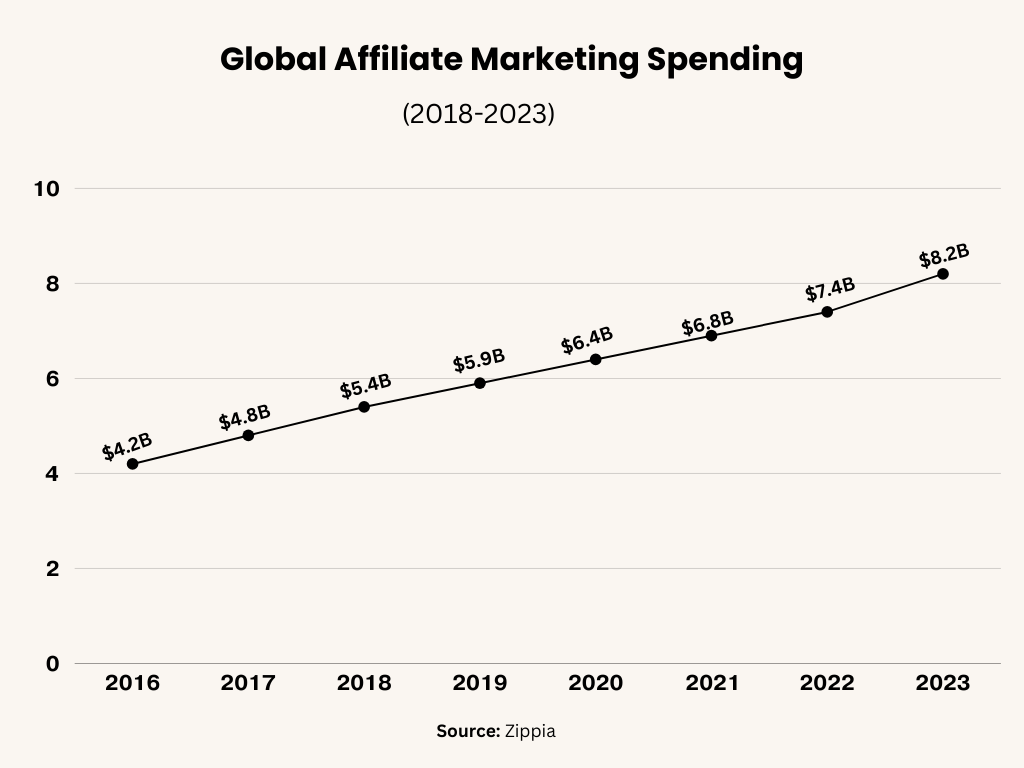
This approach allows businesses to gain exposure and potential customers and developers to monetize their apps effectively. However, to maintain user trust and engagement, it's crucial to ensure that the promoted products or services align with the app's purpose and user interests.
Wondering how affiliate marketing works in app monetization? Let’s see the process:
Once you’ve selected an affiliate marketing program, you’ll be given a distinctive link or code. This serves as a tracking tool for businesses to identify the users you’ve directed to them. If a customer buys a product using your link, you’re rewarded with a commission.
This model is performance-based, meaning the app only earns when the affiliate link leads to a transaction. This strategy can be particularly effective if the affiliate products are relevant to the app's user base. For instance, a fitness app might partner with sports equipment retailers. It's a seamless way to monetize an app while adding value for users.
By following the steps below, you will learn how you can make money through affiliate marketing:
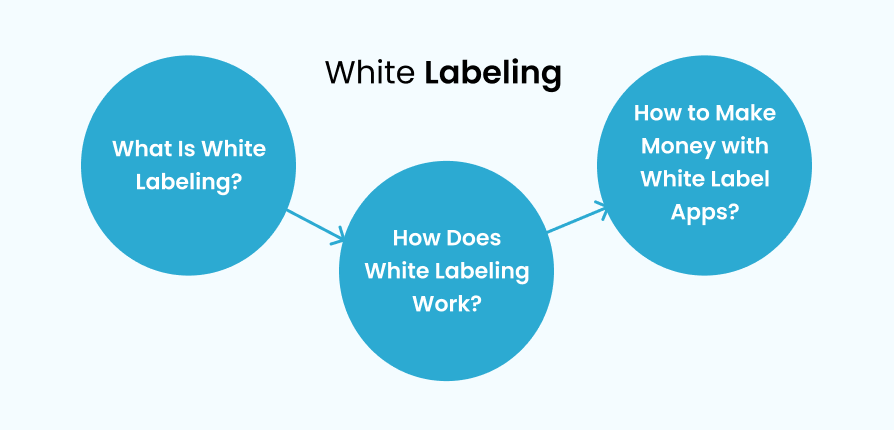
If you think your app has a distinctive feature or addresses a specific problem, it can be a source of revenue. You can achieve this by customizing it for other companies or granting them a license to use your code.
This monetization model is known as White Labeling and is ideal for applications that are built on innovative concepts that can be leveraged by multiple brands. Moreover, it's an excellent strategy to generate extra income from applications that have completed their lifecycle and are no longer independently profitable.
White labeling is a powerful strategy for app monetization. It involves developing an application by a company (the producer) and then selling it to another company (the marketer) rebranding it as their own. The marketer can then sell or distribute the app under their brand name without investing in technology or infrastructure.
The developer gains a steady client, and the purchaser saves on production costs. White labeling is common in many industries, including software, food and beverage, and cosmetics. It's an effective way to expand product lines and enter new markets without the need for extensive research and development.
The White Labeling app monetization model benefits both parties. The producer generates revenue from selling the app, while the marketer saves on development costs and time. The marketer can also customize the app to meet their customers' needs, adding value to their brand.
However, it's important to note that the marketer is responsible for customer service and any issues that arise post-sale. Despite this, white labeling remains an attractive option for companies looking to expand their offerings without significant upfront investment.
White-label apps offer multiple avenues for businesses to earn income. Here are some of the most common ways to make money with White Label apps:
If you have a white-label app that you believe has widespread appeal, you can market it directly to customers as a complete solution. To do this, you'll need to create an online platform or website where customers can buy it. You might also list your app on app marketplaces such as Google Play or the Apple App Store.
Another mobile app monetization strategy with white-label apps involves customizing them with client-specific branding and then reselling them. To tailor the app for each client, you'll need to incorporate their branding elements, like their logo, color palette, and any specific design features they want.
Another way to earn money with white-label apps is to charge a regular fee for app maintenance and updates. This strategy can be particularly effective if you have a large client base using your app and want to ensure it remains current and bugs-free.
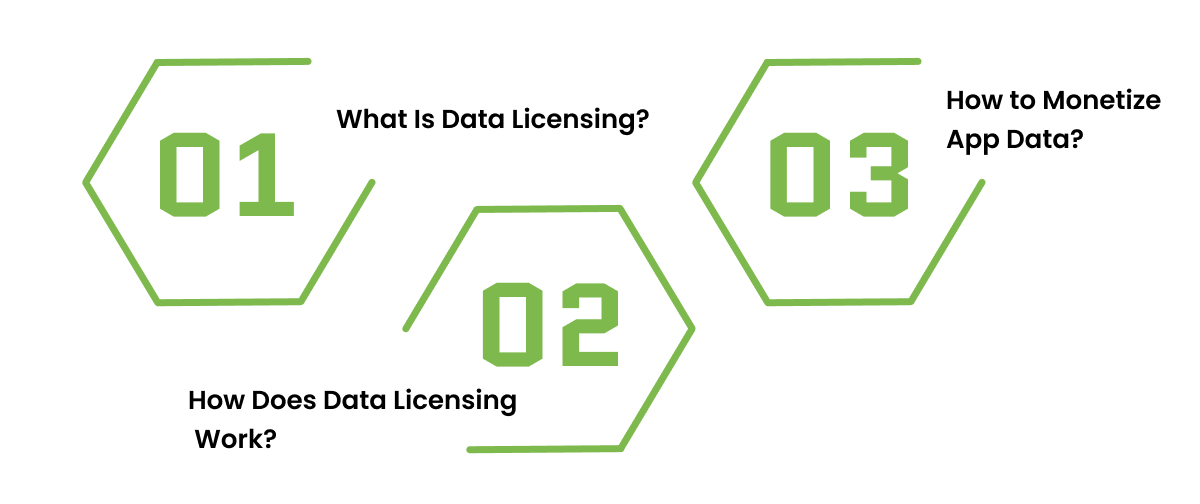
Data Licensing is a profitable strategy for app monetization, particularly for apps with a large user base. It involves collecting data about user behavior within the app, anonymizing it to protect user privacy, and then selling this valuable information to interested parties, including advertisers and data analysis firms.
Data Licensing, also known as data monetization, is an app monetization strategy that includes selling data independently or through a broker, sharing data to secure advantageous business terms, and providing data-based services or products.
The data can be sold as it is or after it has been analyzed to provide insights. A common example of direct data monetization is the sale of contact lists that can impact a buyer's business operations or industry.
Data licensing is like renting a house; the owner (licensor) allows the tenant (licensee) to use the property under specific terms and conditions. In data licensing, the data remains the property of the licensor, but the licensee can use it for agreed-upon purposes. This could be for analysis, research, or to improve their services.
The license agreement outlines the terms of use, including duration, cost, and restrictions. It's crucial for both parties to understand these terms to avoid misuse of data and potential legal issues.
Data licensing is a key aspect of the data economy, enabling businesses to leverage data while respecting ownership rights. It promotes data sharing, collaboration, and innovation, driving value creation in the digital age.
If you want to monetize your app using the data licensing, follow these below-mentioned steps:
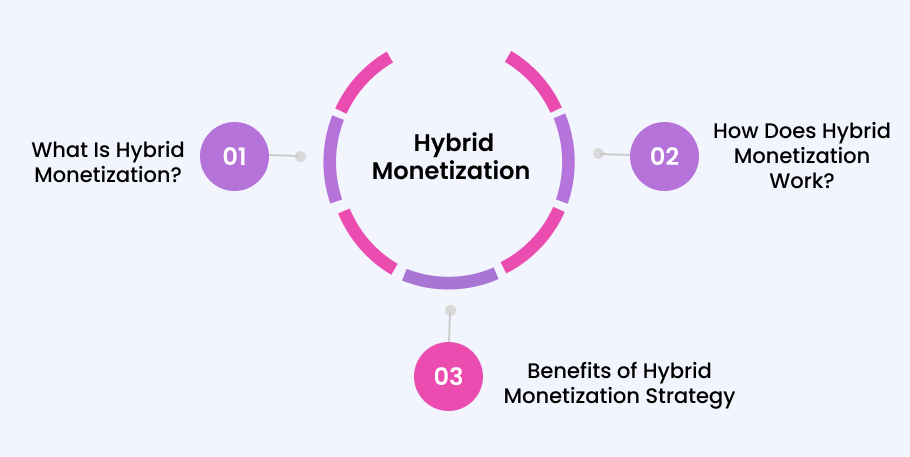
A few years ago, the term 'hybrid monetization' was merely a buzzword hinting at an emerging trend in mobile app monetization. Fast forward to the present, it has become a new normal in the field of mobile app development. What's more, its acceptance and use are expanding with each passing day. Hence, it's crucial for every business to have a thorough understanding of this mobile app monetization strategy.
Hybrid monetization refers to a strategy of using multiple monetization models in one application. Instead of concentrating on one way to generate revenue, they merge two or even three different app monetization models. The following combinations are frequently used:
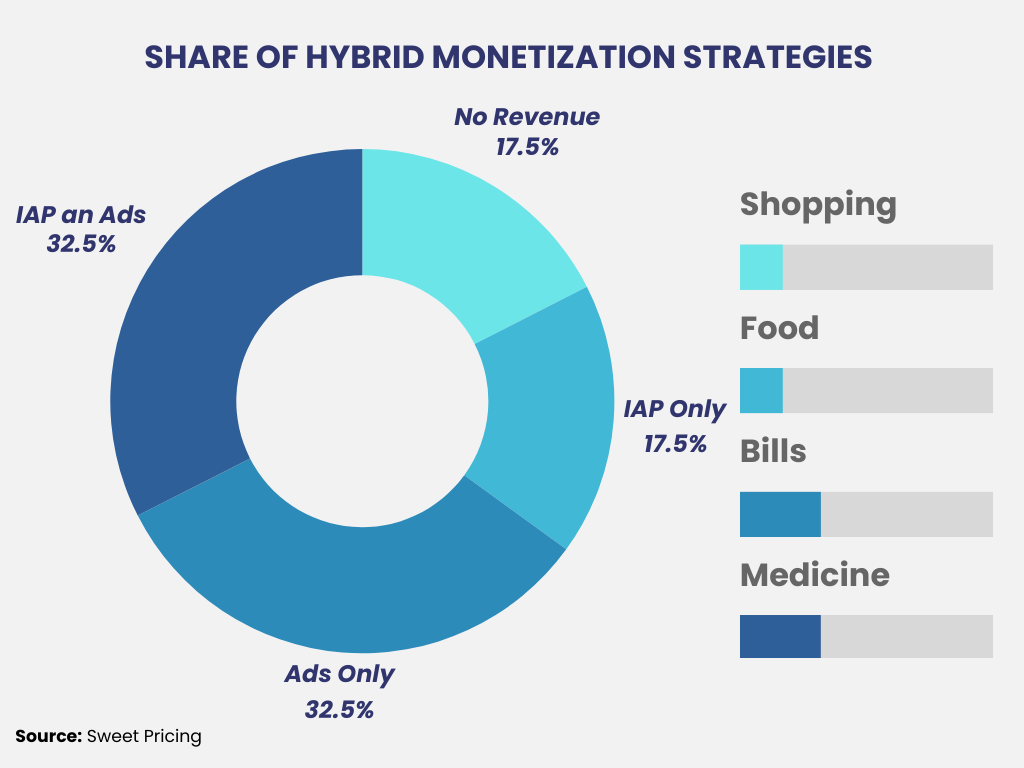
Hybrid monetization works by combining multiple revenue streams to optimize app earnings. It involves integrating various methods like in-app purchases, advertisements, sponsorships, and affiliate marketing.
The key is to balance these elements to enhance user experience and revenue. For instance, in-app purchases can be offered for ad-free experiences, while non-intrusive ads can generate steady income. Sponsorships and affiliate marketing can provide additional revenue without disrupting the user experience.
However, analyzing user behavior and preferences is crucial to customizing the monetization. Too many ads might deter users, while too few could limit earnings. Therefore, hybrid monetization requires careful planning and execution for effective results.
The primary advantage of hybrid monetization is its ability to generate revenue from a large user base. However, it offers several other benefits:
The landscape of app monetization is rapidly evolving, and 2025 promises to be a year of innovation and growth. In-app advertising and in-app purchases continue to be robust strategies, providing steady revenue streams. However, alternative strategies like sponsorship, affiliate marketing, data licensing, partnerships, and white labeling are gaining traction.
These strategies offer unique advantages, such as creating additional value for users, enhancing user experience, and opening new revenue channels. However, they also come with their own challenges, such as privacy concerns and the need for strategic partnerships.
Therefore, app developers need to carefully consider their target audience, app functionality, and market trends when choosing the right monetization strategy. By diversifying revenue streams and staying adaptable, developers can ensure their apps remain profitable and relevant in the dynamic digital marketplace of 2025.